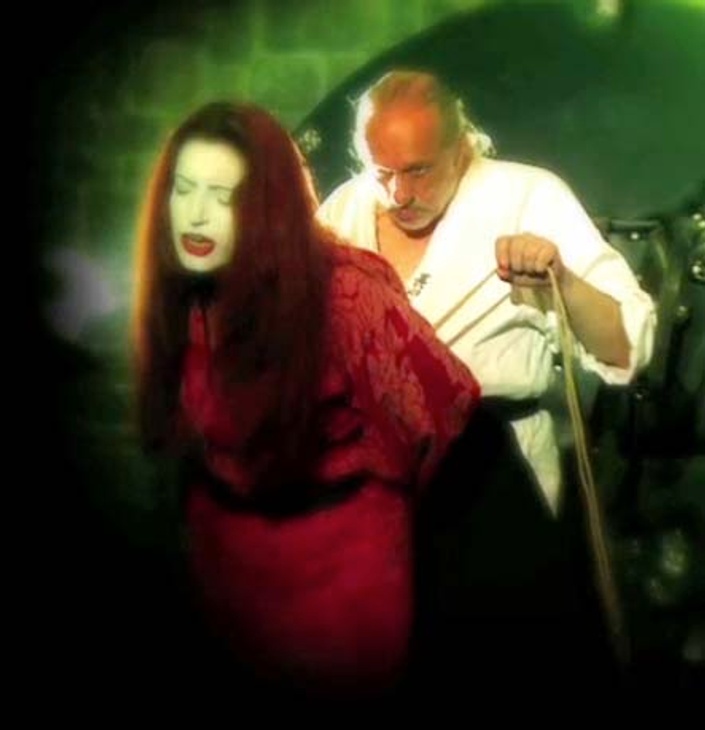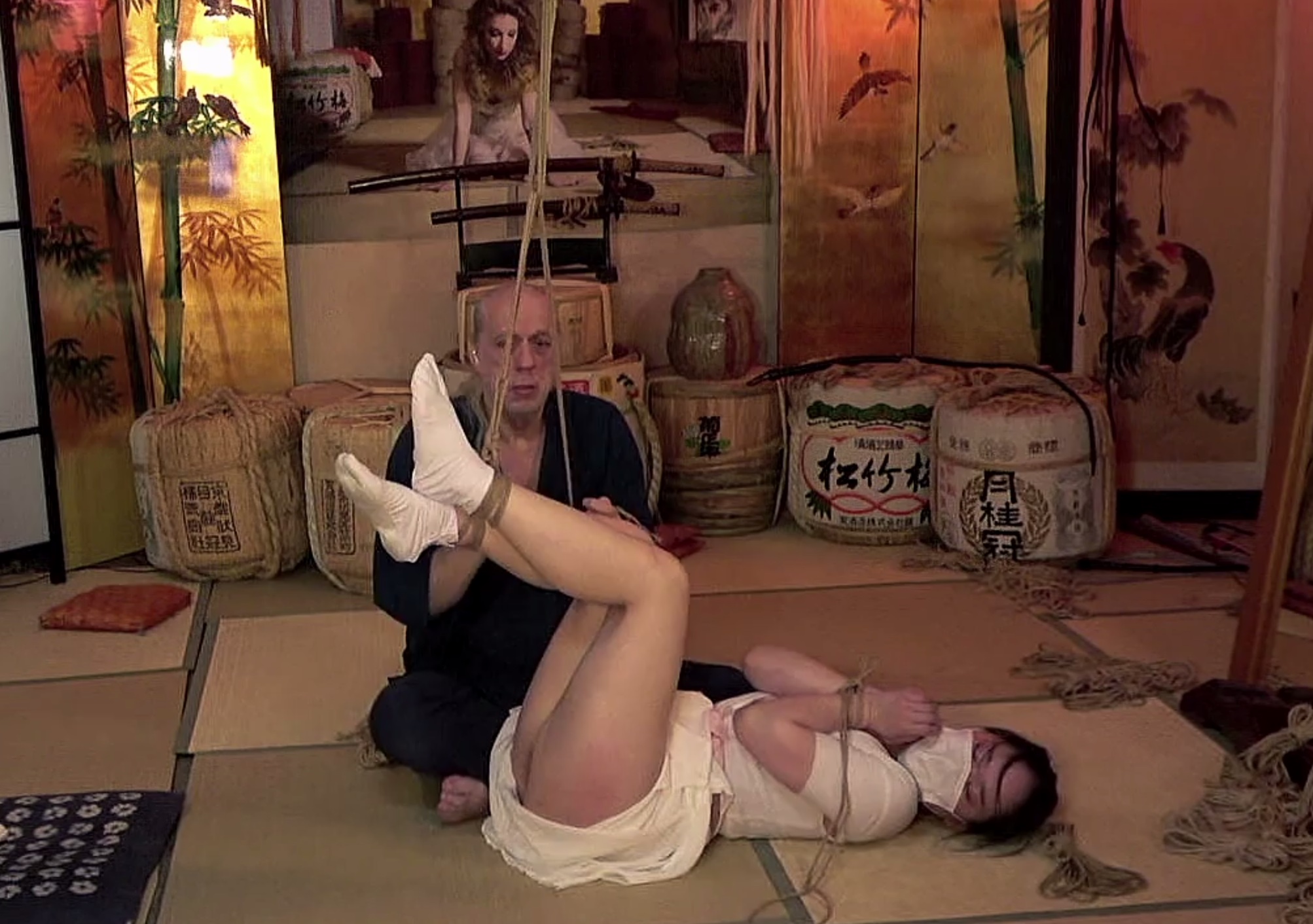
More Than Meets The Eye
There are many shibarikata (bondages, 縛り方) with a hidden meaning. The kemono shibari is telling a story of a "beast" (獣) being captured, then taken to the shack. The self-choker featured in Osada-ryu Kyu Level 7 is part of a group of ties developed for beheadings (kubikirinawa, 首切縄) from the olden samurai times. The rabbit tie (usagi shibari, 兎縛り) at first glance might look cute with the arms reminding us of bunny ears, but the deeper meaning here is that of wakizarashi (脇晒し), a situation of complete surrender with the armpits exposed for extra embarrassment. The shukke shibari (出家縛り) is much more than just a funny bondage pattern. It is a temple tie where the hands are tied in the back facing down, indicating that the ukete (受け手, the one on the receiving end) has been evicted from the temple grounds.
It Thus Follows . . .
. . . that different ties require different approaches. If you adapt to the atmosphere of each tie you are more likely to reach deeper understanding and deeper satisfaction.
For instance, if you do a hojo-hishinawa (捕縄菱縄) but end up cuddling, the judicial aspects of the tie will be escaping you. In short, the pace and atmosphere of applying judicial rope patterns is different from an aibunawa (愛撫縄) caressing approach.
Yes, a power and rope exchange should be a happy and mutually beneficial affair. One that achieves a higher state of mentally satisfying consciousness. Therefore, feel encouraged to take a deeper look at the origins of ties and gain more knowledge about their inherent meanings.
Self-choker / 首風縄
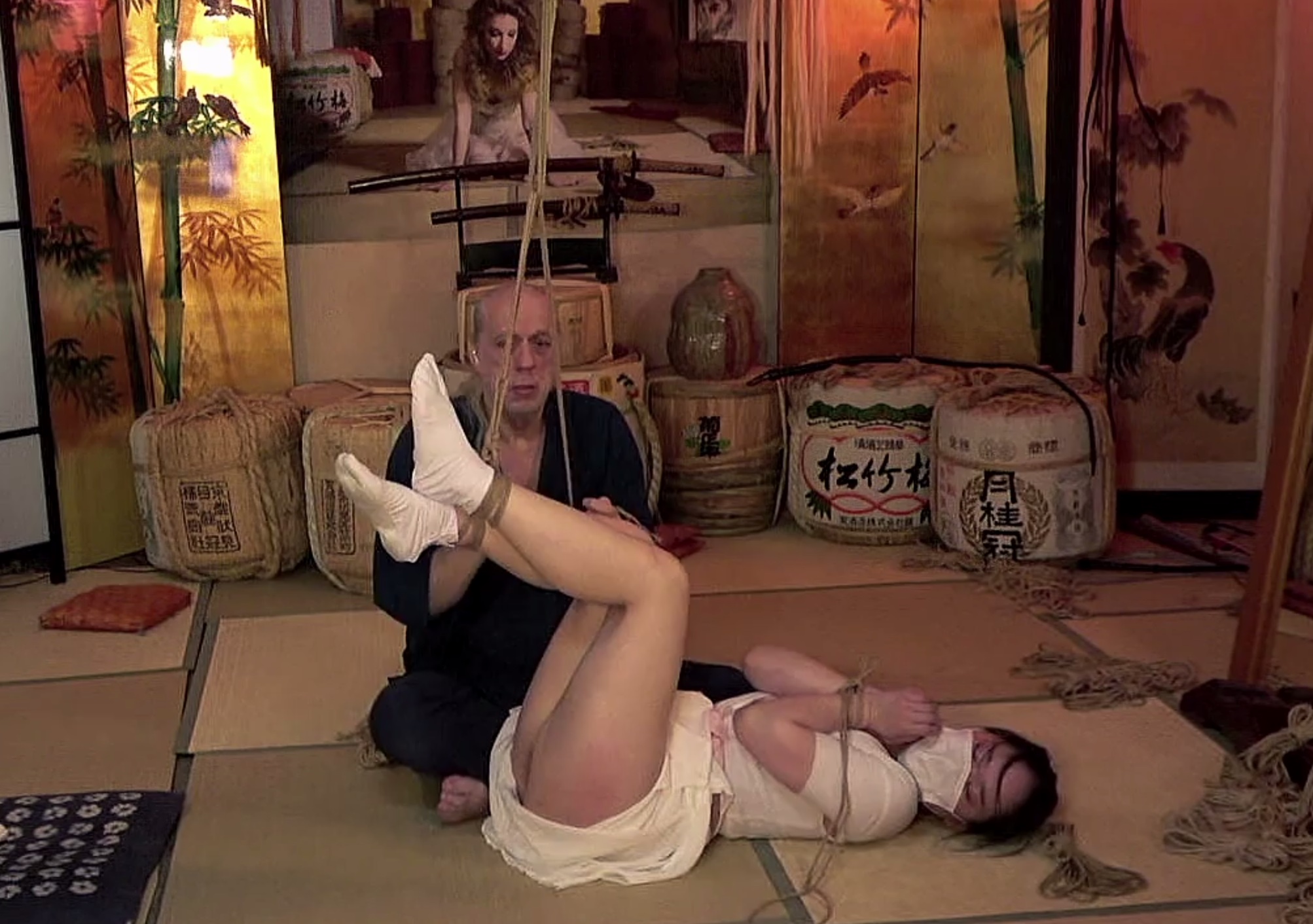
Kemono / 獣
.
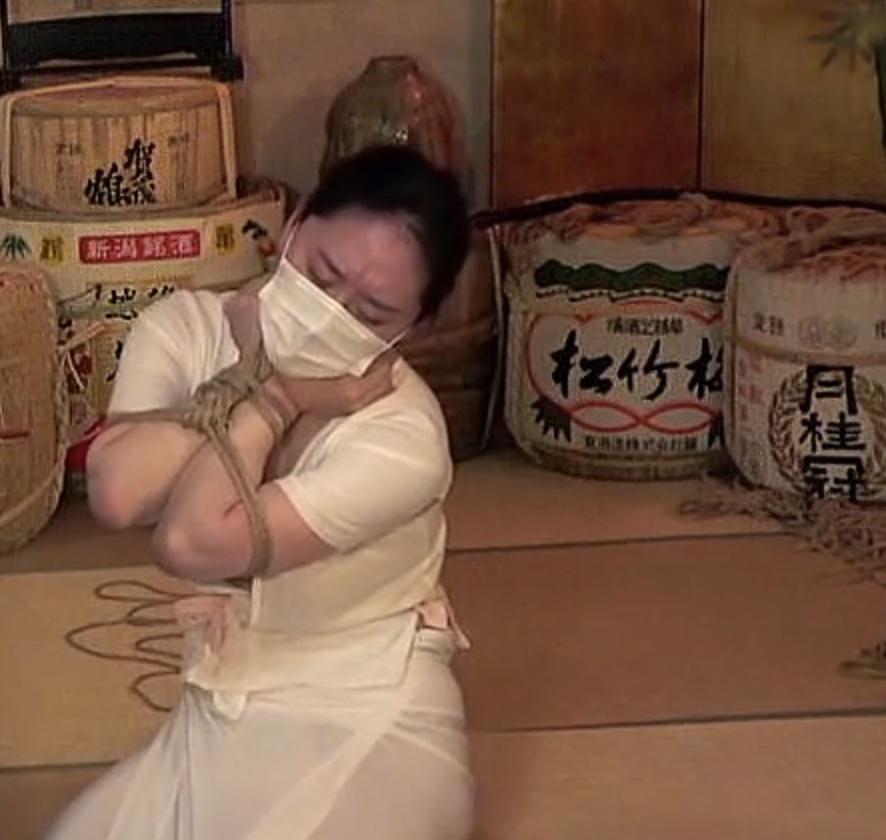
Self-choker / 首切縄
.
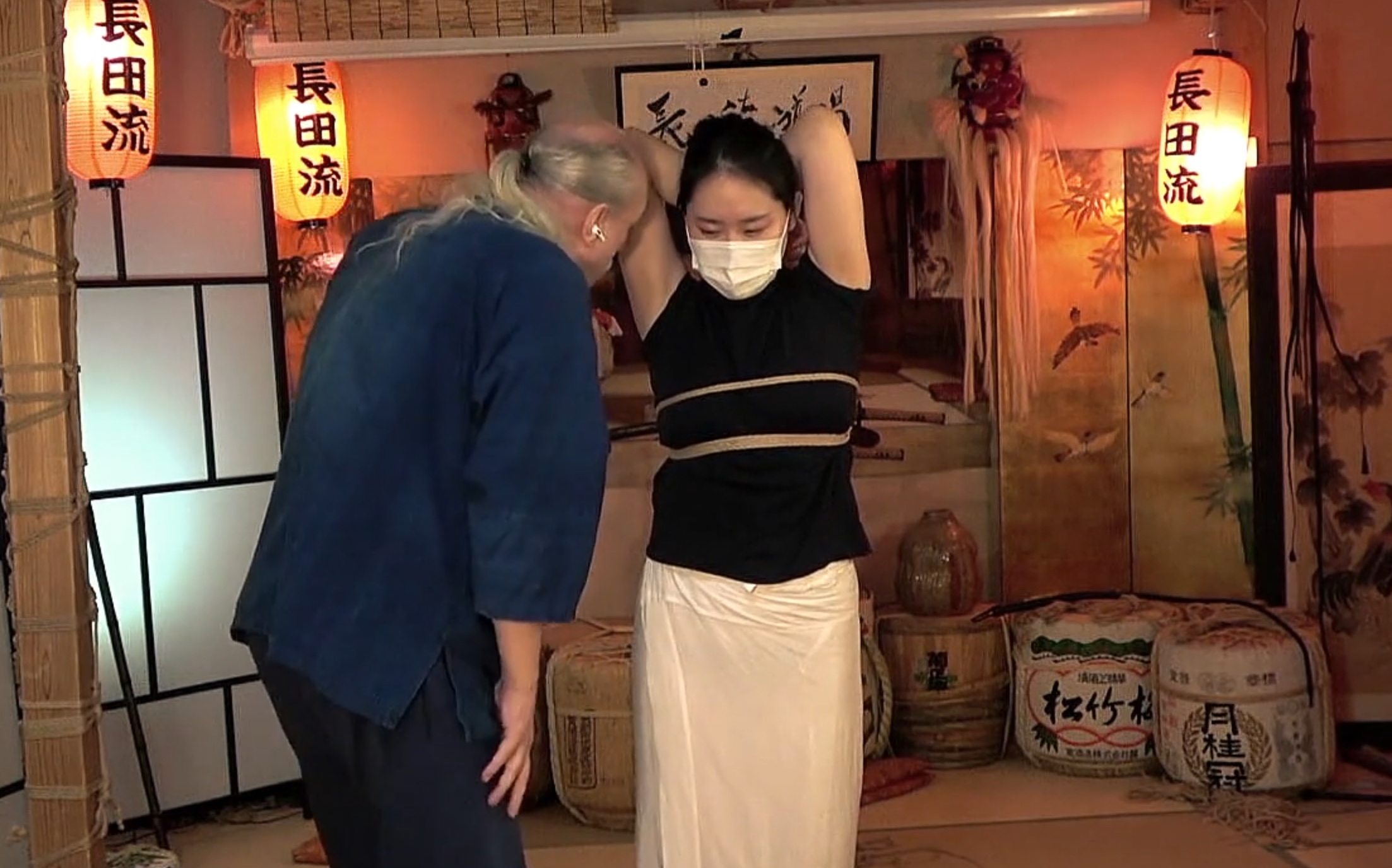
Usagi / 兎
.
Curriculum
155 minutes
First Section
Available in
days
days
after you enroll
Chef's Recommendations
Perambulate at your leisure and discover all the exciting workshops and courses the Osada-ryu Kinbaku Academy has in store for you.
Check your inbox to confirm your subscription

